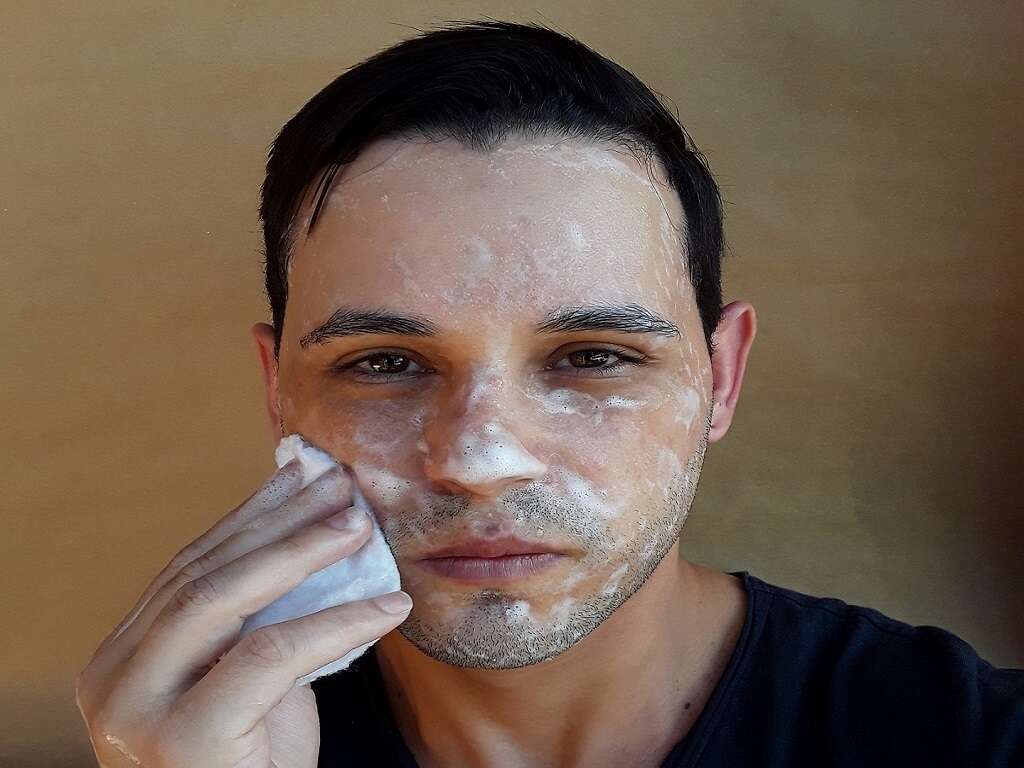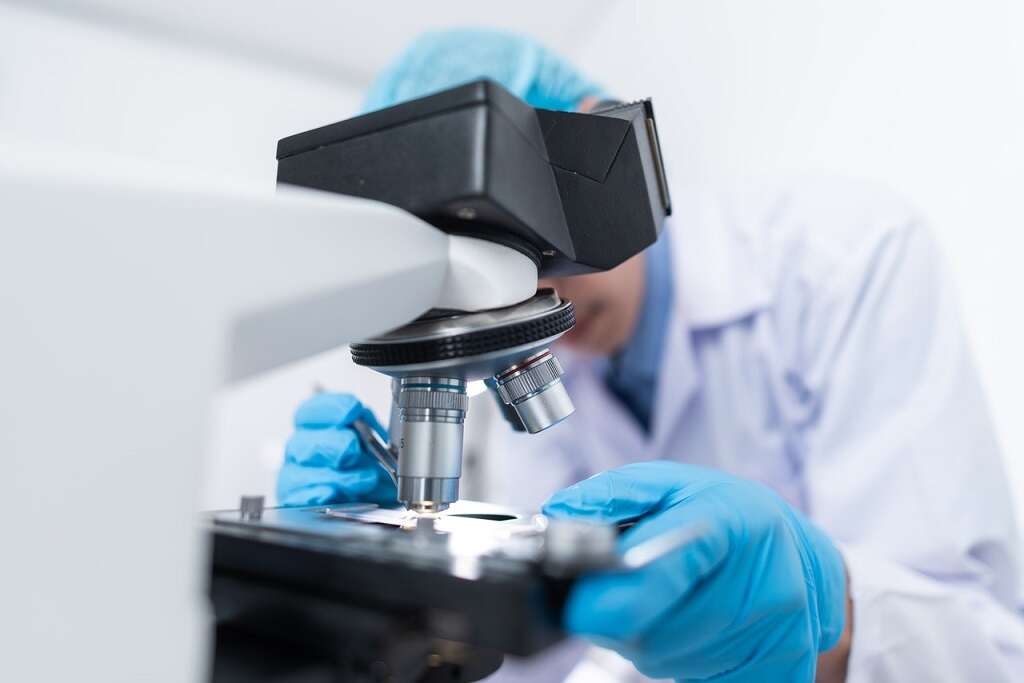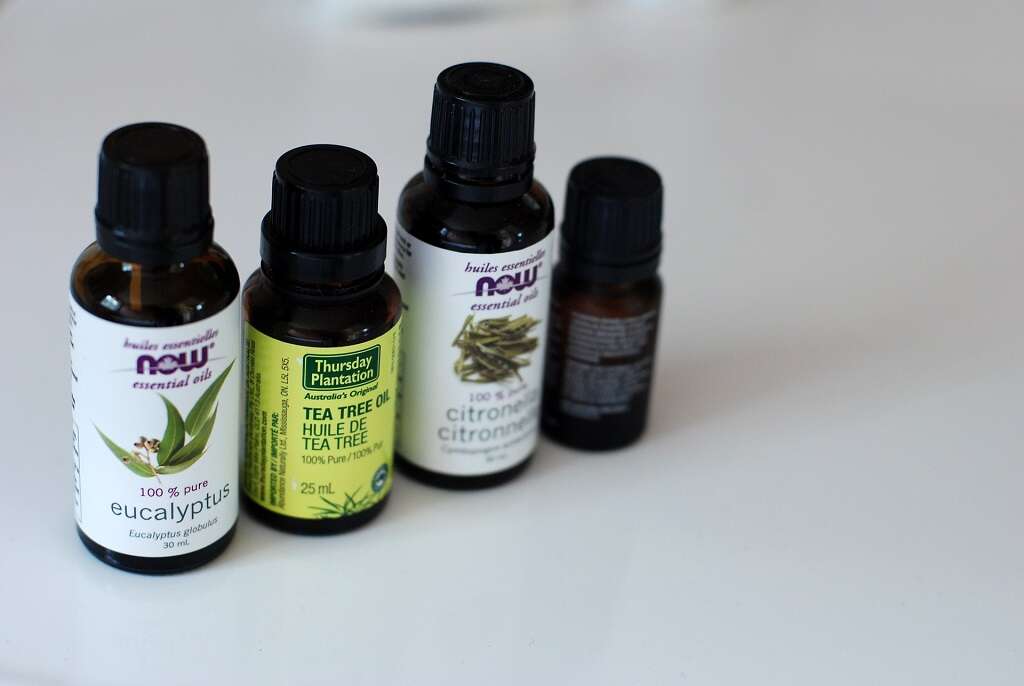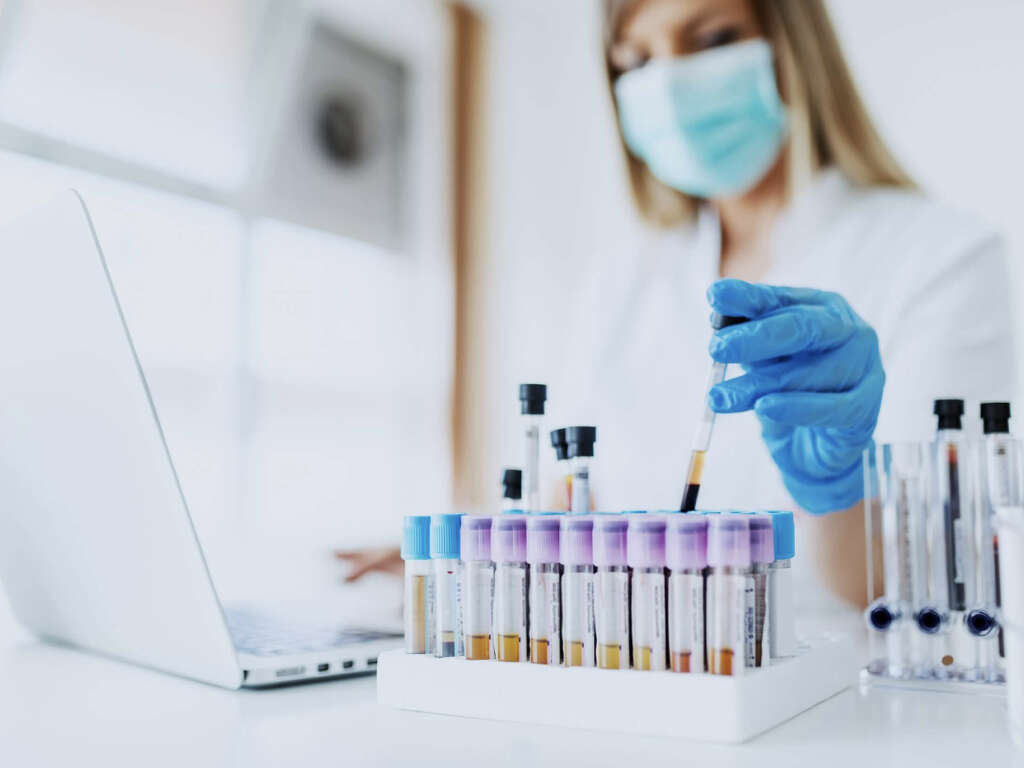What Are Demodex Mites?
 Article Sources
Article Sources
- 1. Rather, Parvaiz Anwar, and Iffat Hassan. 'Human demodex mite: the versatile mite of dermatological importance.' Indian journal of dermatology, www.ncbi.nlm.nih.gov/pmc/articles/PMC3884930
- 2. Namazi, M R. 'A possible role for human follicle mites in skin's defense against bacteria.' Indian journal of dermatology, venereology and leprology, pubmed.ncbi.nlm.nih.gov/17675744
- 3. Zhao, Ya-e et al. 'Sociodemographic characteristics and risk factor analysis of Demodex infestation (Acari: Demodicidae).' Journal of Zhejiang University. Science, www.ncbi.nlm.nih.gov/pmc/articles/PMC3232433
- 4. Luo, Yang et al. 'Treatment of mites folliculitis with an ornidazole-based sequential therapy: A randomized trial.' PubMed, pubmed.ncbi.nlm.nih.gov/2739914
Demodex mites are tiny parasitic mites that live on or near the hair follicles of mammals. There are two species that live on humans, including Demodex folliculorum and Demodex brevis. D. folliculorum is usually found on the face, including the cheeks, eyebrows, eyelashes and eyelids. D. brevis is more commonly found on the neck and chest.1Rather, Parvaiz Anwar, and Iffat Hassan. ‘Human demodex mite: the versatile mite of dermatological importance.’ Indian journal of dermatology, www.ncbi.nlm.nih.gov/pmc/articles/PMC3884930
These mites feed on dead skin cells, oil and hormones. Most of the time, Demodex mites are harmless. However, for some people, many of them may cause or worsen skin problems, such as rosacea. Skin conditions caused by Demodex mites are called demodicosis.

Symptoms of Demodex Mites
Most people with Demodex mites don't develop any symptoms. However, people who have large amounts of Demodex mites on their skin may be diagnosed with demodicosis. Demodicosis is an inflammatory skin disease that can mimic other inflammatory skin conditions.
Symptoms of demodicosis may include dryness, eye irritation, redness, coarse or rough skin, scaly or patchy skin, sensitive or irritated skin and itching. The symptoms caused by Demodex mites are sometimes mistaken for other skin conditions, such as acne, eczema and rosacea. People with Demodex mite symptoms should see a doctor for a medical evaluation.

Causes of Demodex Mites
Demodex mites are a normal part of the skin microflora of healthy humans and may even play a role in defending the skin against harmful bacteria.2Namazi, M R. ‘A possible role for human follicle mites in skin’s defense against bacteria.’ Indian journal of dermatology, venereology and leprology, pubmed.ncbi.nlm.nih.gov/17675744 They can be found in any age group, but infestations occur more frequently in males and older adults.
An overload of mites may cause or worsen skin problems. Abnormally high levels of mites are commonly linked to a decline in the immune system. Chemotherapy, immunosuppressive drugs and immunodeficiency diseases can all cause excessive mites.

How Demodex Mites Live on the Skin
Demodex mites typically spend their days inside the hair follicles of the skin, feeding on sebum. Sebum is the oily, waxy substance produced in sebaceous glands to help protect the skin and keep it from drying out.
The mites live for about two weeks. They spend most of their time hidden inside the skin, but while people sleep, they crawl out onto the skin's surface to mate. Afterward, they head back to lay their eggs inside the hair follicles.

Risks for Demodex Mites
Demodex mites can be found in people of any age. However, the number of Demodex mites is highest in people aged 20 to 30, when sebum secretion is high. Older adults are also more likely to carry the mites. Infants and children lack significant Demodex colonization due to low sebum production.3Zhao, Ya-e et al. ‘Sociodemographic characteristics and risk factor analysis of Demodex infestation (Acari: Demodicidae).’ Journal of Zhejiang University. Science, www.ncbi.nlm.nih.gov/pmc/articles/PMC3232433
Sex may also be linked to the prevalence of Demodex mite infestations. Demodex mites appear to be more common in males than in females.

Diagnosing Demodex Mites
Demodex mites are too small to be seen with the naked eye. To determine if a person has a high number of mites, doctors usually do a skin biopsy. This involves taking a skin sample and examining it under a microscope.
Through a biopsy, a doctor can determine the number of mites living on the skin. A few mites is unlikely to be the cause of skin problems. However, a high density of mites indicates demodicosis.

Home Remedies for Demodex Mites
Certain home remedies may help reduce the number of Demodex mites on the skin and prevent them from reproducing. One common home remedy for Demodex mites is tea tree oil.
It's recommended to gently wipe the affected skin with a 50 percent solution of tea tree oil daily. The tea tree oil should help reduce the mites and mite eggs. Higher concentrations of tea tree oil may be irritating to the skin, and therefore should be avoided.

Medical Remedies for Demodex Mites
Demodex infestations can be managed with special creams, gels and face washes prescribed by a doctor. The most common medicine prescribed for Demodex infestations is metronidazole, an antibiotic that also works against some parasitic infections.4Luo, Yang et al. ‘Treatment of mites folliculitis with an ornidazole-based sequential therapy: A randomized trial.’ PubMed, pubmed.ncbi.nlm.nih.gov/2739914 A doctor may also prescribe crotamiton, permethrin or ivermectin.
Other medicines that may help manage Demodex mite symptoms include benzyl benzoate, salicylic acid, selenium sulfide and sulfur. Individuals should talk to a doctor before using medicines designed to help manage demodicosis.

Preventing Demodex Mites
Demodex mites are a normal part of the skin microflora. Typically, these mites don't cause problems until they are allowed to overpopulate. Overpopulation tips the natural equilibrium of the skin microbiome.
To prevent the overpopulation of mites, people should wash their face twice a day. Dermatologists recommend using a non-soap cleanser. It's also recommended to avoid oil-based cleansers and greasy makeup. Exfoliating to remove dead skin cells may also help reduce the chance of the mites overpopulating skin.

Conditions Similar to Demodex Mites
Demodicosis can mimic other skin conditions, such as acne, eczema and rosacea. It's similar to a dry type of rosacea called rosacea-like demodicosis. Rosacea of demodicosis is characterized by dryness, scaling and pustules, while common rosacea is characterized by oily skin and pustules, without scaling.
Demodicosis may also look like acne or eczema. Acne is a skin condition that causes whiteheads, blackheads and pimples, while eczema is a condition that makes the skin red and itchy.

When To See a Doctor
Many skin problems go away with time, but skin problems that persist may require medical intervention. It's recommended to schedule a dermatology consultation for ongoing skin irritation, such as burning, redness, itching or pimple-like bumps.
Because Demodex mites are too small to be seen without a microscope, doctors take a medical history and examine the skin for signs of mites. Doctors may also do a skin biopsy to determine the number of mites living on the skin.











